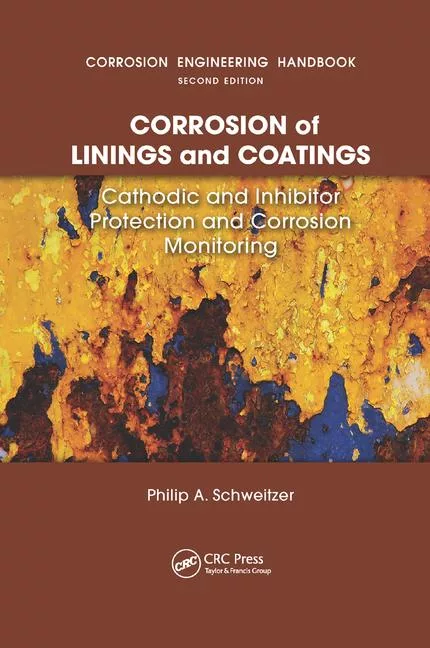Covestro and Hesse Produce Life Cycle Assessment of Wood and Furniture Coatings
According to Covestro, formulations with Bayhydur quix 306-70 dry as quickly as those with solvent-based crosslinkers, in contrast to coatings with low-VOC, water-based standard hardeners.

A life cycle assessment study conducted by Covestro and coatings manufacturer Hesse GmbH & Co. KG reveals that water-based wood coatings containing the hardener Bayhydur® quix 306-70 have a significantly lower CO₂ footprint than conventional water-based polyurethane (PU) coatings. The study focused on analyzing the life cycle assessment of different polyurethane wood coatings from raw material production to the applied coating in order to demonstrate the environmental impact of these systems and to reveal advantages and disadvantages for each technology.
According to Covestro, formulations with Bayhydur quix 306-70 dry as quickly as those with solvent-based crosslinkers, in contrast to coatings with low-VOC, water-based standard hardeners. This not only allows the wood and furniture industry to process their products quickly after coating but also reduces the CO₂ footprint, which in the case of 2K PU wood coatings is mainly influenced by energy consumption during the drying process.
“Regardless of the hardener used, further sustainability factors speak in favor of water-based wood coatings,” said Berta Vega Sánchez, Ph.D., marketing manager and sector lead for Industrial Coatings at Covestro. “The study demonstrates that water-based systems contribute less to photochemical ozone formation at ground level than solvent-based wood coatings owing to their significantly lower VOC content.”
“Together we proved it is possible to produce a low VOC furniture coating without sacrificing on quality or drying speed,” said Sven A. Thomsen, Ph.D., head of R&D at Hesse.
Learn more about Covestro at www.covestro.com. Additional information about Hesse GmbH & Co. KG is available at www.hesse-lignal.de.
Looking for a reprint of this article?
From high-res PDFs to custom plaques, order your copy today!








